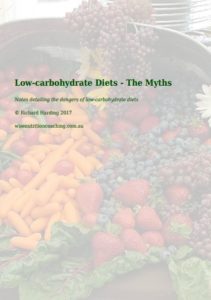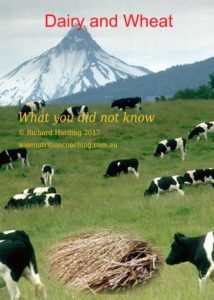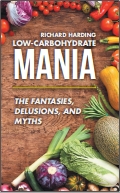Diet and Cancer – Frederick Hoffman
There is extensive “modern” research starting with William Lambe and John Abernetly in the first decade of the 1800s that shows a significant increase in cancer rates is a result of: 1 2
In 1846, William Hayle Walshe showed that cancer was “primarily a disease of civilization” due to an excess of meat consumption. 3
Frederick Hoffman was born in Germany in 1865. His mother’s desperate financial situation required him to leave home at the age of 14. Due to his small stature and mal-nourishment he was unable to obtain physical work. 4
At the age of 19, Hoffman borrowed enough money for passage to New York from an uncle. In Ohio, he was offered a temporary position in a store where he learnt English by delivering groceries.
In 1888, Hoffman worked as an industrial insurance agent for Metropolitan Insurance Company.
In 1892 Prudential Life Insurance Company hired Hoffman Frederick as a statistician in New Jersey. He concluded that statistical reports were means a achieving social justice.
Hoffman campaign for social reforms such as safety and health conditions of industry workers, especially that of miners.
He was interested in Navajo society, made an honorary Navajo chief and was interested in the value of Indian herbal remedies and medicines. He campaigned for better health care for minorities, especially American Indians and ensured that American native populations were insurable.
He wrote thousands of extensive papers about malaria, tuberculosis, cancer, leprosy, homicide, suicide, national health and social insurance, aviation, geography, American Indians, aesthetics and childbirth. He was awarded an honorary doctorate by Tulane University and was appointed a trustee of the American Cancer Society and chairman of its committee on statistics.
Frederick resigned from Prudential in 1922. He continued as a consultant until 1935. Because of his leadership in cancer research, he was awarded the American Cancer Society’s Clement Cleveland Medal in 1943. He also was named a fellow of the Royal Statistical Society of London, made a member of the German Society for Insurance Science, named an associate fellow of the American Medical Association, made an associate member of the American Academy of Medicine, and made an honorary member of the Essex County Anatomical and Pathological Society.
He was a member of the American Economic Association, the American Academy of Social and Political Science in the City of New York, the National Institute of Social Sciences, the American Sociological Society, the Southern Sociological Congress, the National Conference on Charities and Corrections and the American Association for the Advancement of Science.
He was the seventh president of the American Statistical Association.
Hoffman’s 1915 study of cancer mortality rates cites 579 sources and includes a presentation of statistical methodology in its first 221 pages. This study was the basis for the first United States Cancer Census.
Frederick Hoffman was the author of a 749 page book Cancer and Diet, written in 1937, demonstrating:
That overnutrition is common in the case of cancer patients to a remarkable and exceptional degree, and that overabundant food consumption [of red meat] unquestionably is the underlying cause of the root condition of cancer in modern life.
Hoffman published 1300 items including 28 major works of 100 or more pages.
Last updated on Saturday 22 April 2023 at 09:57 by administrators
Footnotes
- Lambe, W. (1809) Reports on the effects of a peculiar regimen on scirrhous tumors and cancerous ulcers. J. M’Creary.
- Spencer, W. G. (ed.) (1815) Additional reports on the effects of a peculiar regimen in cases of cancer, scrofula, consumption, asthma, and other chronic diseases. J. Mawman.
- Bennett, J. H. (1849) “Bennett, J. H. On cancerous and cancroid growths. (Sutherland and Knox, 1849).”, in “Additional reports on the effects of a peculiar regimen in cases of cancer, scrofula, consumption, asthma, and other chronic diseases”. J. Mawman.
- Rigney, F. J., Jr (2018) Frederick L. Hoffman (1865–1946). Available from: https://magazine.amstat.org/blog/2018/10/29/sih-hoffman/.





